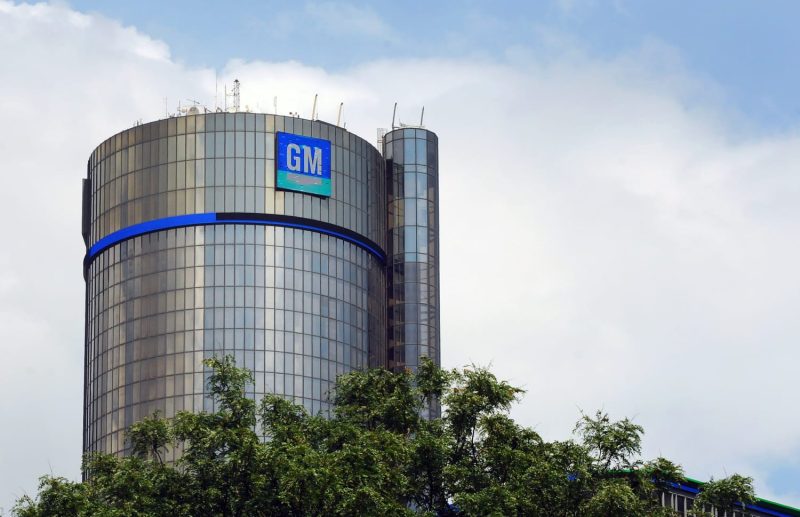In a recent move that comes as a part of a broader reorganization effort, General Motors (GM) has laid off approximately 1,000 employees. This decision was made as the automotive giant seeks to streamline its operations and reduce costs in response to changing market dynamics and economic uncertainties.
The restructuring at GM, while unfortunate for those directly affected, is a strategic business move aimed at increasing efficiency and positioning the company for long-term success. By consolidating operations and eliminating redundant roles, GM is adapting to the evolving landscape of the automotive industry, which is being reshaped by technological advancements, shifting consumer preferences, and competitive pressures.
Like many other companies navigating today’s complex business environment, GM is faced with the need to optimize its operations and cut costs in order to remain competitive. By reducing its workforce and restructuring its organization, GM is taking proactive steps to streamline its operations and improve its overall financial health.
It is important to note that while layoffs are always a difficult decision with significant human impacts, they are sometimes necessary for companies to adapt to changing market conditions and drive long-term growth. GM’s decision to lay off employees is ultimately a strategic move aimed at ensuring the company’s sustainability and competitiveness in the years to come.
The automotive industry is undergoing rapid transformation, with new technologies, such as electric and autonomous vehicles, reshaping the landscape. In this context, companies like GM must constantly evolve and innovate to stay ahead of the curve. By reorganizing its operations and cutting costs, GM is positioning itself to not only survive but to thrive in the face of industry disruptions and economic uncertainties.
As GM moves forward with its reorganization efforts, it is essential for the company to prioritize transparency, communication, and support for its employees. Providing affected workers with resources for career transition, training opportunities, and other forms of assistance can help mitigate the impact of the layoffs and demonstrate GM’s commitment to its workforce.
In conclusion, while the recent layoffs at GM may be seen as a challenging development, they are part of a broader strategic effort to adapt to the changing automotive landscape and position the company for long-term success. By streamlining operations, cutting costs, and focusing on innovation, GM is taking proactive steps to strengthen its competitiveness and ensure its sustainability in an increasingly dynamic industry.

